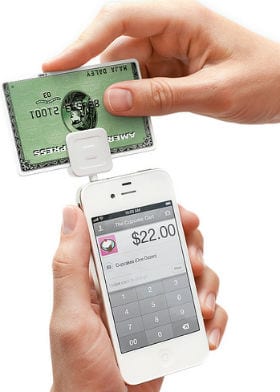The following article first appeared in Field Technologies Online. Article excerpted with permission. To read the rest of this article, click here.
Payment applications are steadily increasing in mobile technology deployments. The expansion of high-bandwidth wireless networks, and the slow but steady adoption of new technologies like near-field communication (NFC) are helping expand payment solutions into new markets like onboard product sales in transportation, special events parking, portable/temporary retail installations, and mobile sales at sporting and other events. There has also been an increase in point-of-activity payment for roaming agent, tableside ordering, and field service applications.
By being able to accept payments anywhere, companies can accelerate the cash cycle and develop new types of sales opportunities. “Analytical data that was once available only at the corporate office is now  available to the user in the field, providing a greater level of customer-centric selling,” says Bryan Wesolek, president of DLI. “This data provides ubiquity which end users can take advantage of when creating new upselling opportunities.”
available to the user in the field, providing a greater level of customer-centric selling,” says Bryan Wesolek, president of DLI. “This data provides ubiquity which end users can take advantage of when creating new upselling opportunities.”
Consumers are also driving this adoption, as credit cards have become the payment option of choice, even at outdoor events. “Part of the common denominator for the necessitation of mobile payment technology is very simple,” says Eric Lehnard, business development manager at Casio America. “If there is no power or wired communication medium, there is very little choice.”
Adoption is still low, but interest is increasing for mobile applications where service professionals can deliver an electronic bill and payment option to improve customer service. “The primary focus today is on customer care applications that facilitate bill presentment and payment,” says Chad Dunavant, VP of product management at CSG International. “However, the next phase will be focused on e-commerce and self-service account activities.”
In addition to customer convenience, there are a host of benefits to deploying mobile payment solutions, which “range from improved customer service and satisfaction to significant cost and productivity savings from the reduced need for expensive fixed-base cash registers and the space required for checkout lines just to handle peak times, seasonal shopping, or guest volume,” says Bob Zink, VP of sales and marketing at MobileDemand. “Accepting cashless payment at the point of delivery also has major cost and cash flow savings for home delivery companies in terms of infrastructure savings.”
To read the rest of this article at Field Technologies Online, click here.
Click here to download a free whitepaper, “Five Steps to Make Field Service Profitable”


Share this: